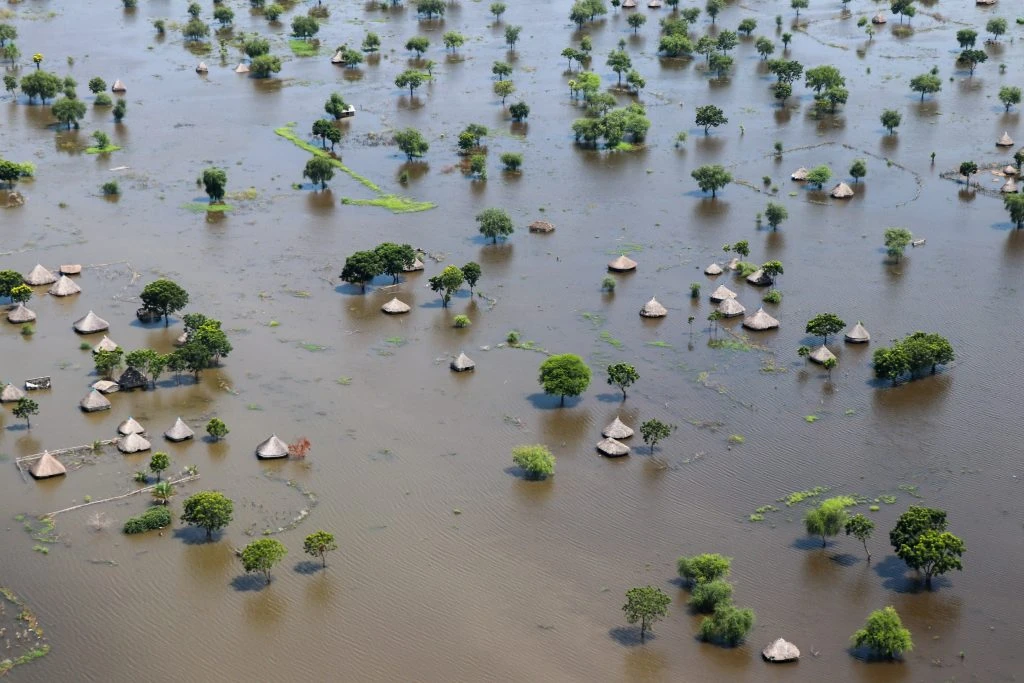
IGAD Climate Prediction and Applications Centre (ICPAC) and United Nation Development Program (UNDP) on Monday signed a $10 Million agreement for the establishment of the South Sudan National Climate Early Warning System.
The five-year project will strengthen government and communities in climate adaptation by ensuring that their vulnerability to the impact of climate change is reducing through an early warning.
“Climate crisis is worsening in the Republic of South Sudan and over 2 million people are internally displaced due to flooding, drought, excessive heat wave, haphazard rain patterns resulting in crop failure. Currently over 60% of our people are now categorized as food insecure,” said Josephine Napwon, minister of Environment and Forestry as she witnessed the signing on Monday.
The system will be using geospatial applications to provide weather information and give alert on climate hazards such as warming, floods, droughts and tropical cyclones to alert disaster preparedness team.
“As a country, we did not have a system to alert our people about these calamities. With this project, we are now very happy that ICPAC will build the capacity of the metrological department and also provide equipment and training for the staff so that we will be able to give our people information, send alerts, predict weather patterns and inform them about any hazards that happening.” stated Joseph Africano Bartel, undersecretary of the ministry of environment.
Consecutive four-year flooding due to climate changes has affected thousands of South Sudanese and livestock, more especially in the Upper Nile region – Jonglei and Unity states.
Napwon said early warning system was one of the project planned by her ministry to address the situation.
“To address this impact, the Ministry of Environment and Forestry developed its second Nationally Determined Contribution (NDC), National Adaptation Program of Action (NAPA) and first National Adaptation Plan (NAP). Our NAPA identified 28 projects and the establishment of an Early Warning System was on of them,” she continued.
For her part, Titus Osundina, UNDP representative, said:
“UNDP will buy the equipment. Within one year, we expect the first report of the functionality of that machine and to be able to predict the environment and climate and to be able to serve the purpose and support the meteorological center that we already have in the country.”
The project, according to officials, will provide for capacity building for system staffs, construction of metrological stations in the selected locations, and setting up of resilience projects in Terekeka in Central Equatoria and Kapoeta in Eastern Equatoria.
In those selected drought-concentrated areas, the project will construct water harvesting and introduce short rotation seedlings within those communities as few ways among other to reduce vulnerability to the impact of climate change.
Jully Ouma, hydro-met expert with the ICPAC, explained that the South Sudan early warning system will be connected to other regional systems for a customized regional climate data.
“This can also be linked to what is at the regional level and there can be a customized section just for South Sudan where with permission they can upload their data, and share their information freely to reach a wide audience and there will also be capacity building on how to use this system,” Ouma added.